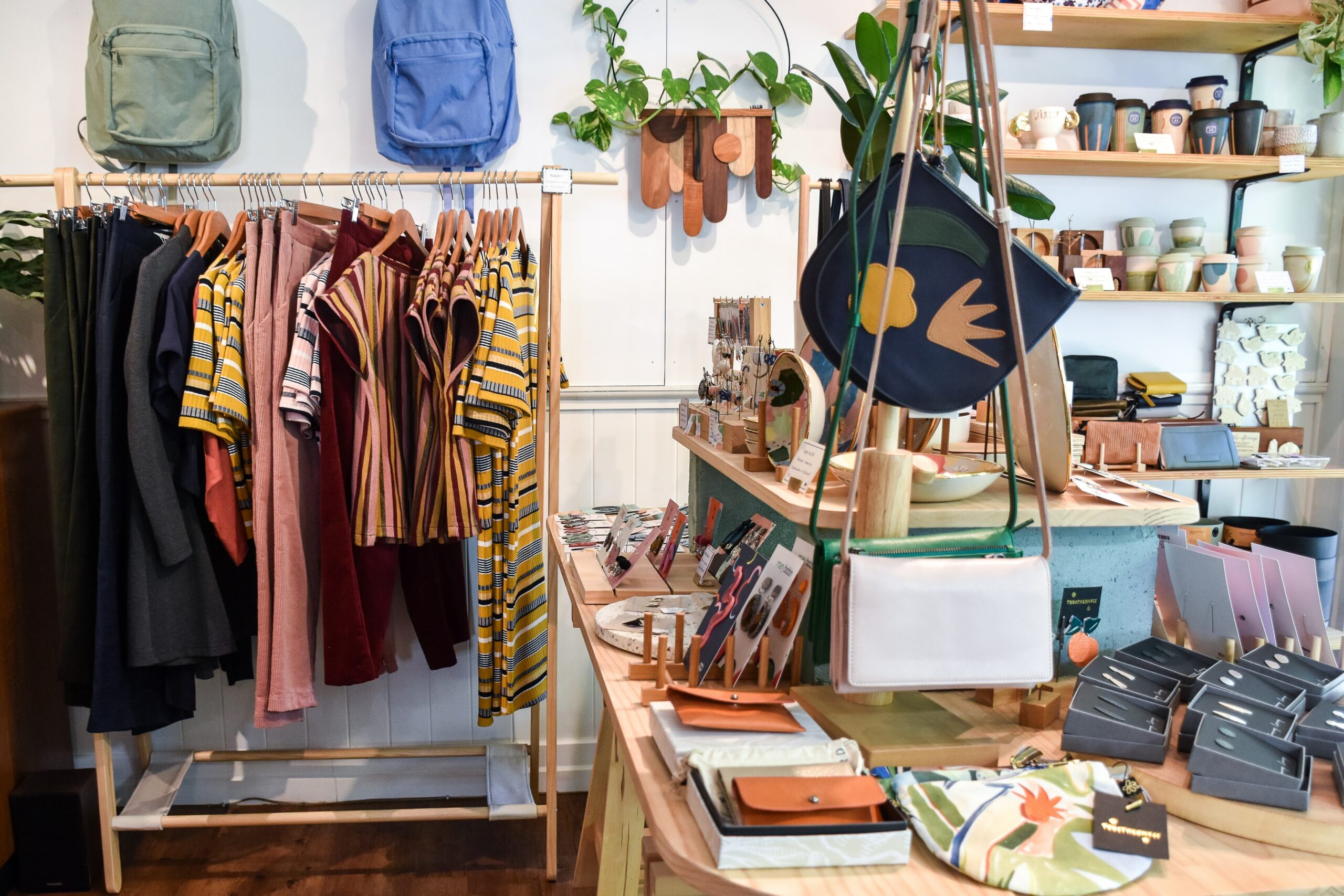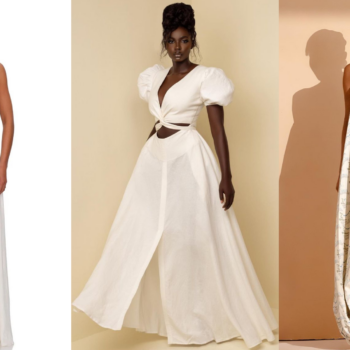
From you have to be rich to afford sustainable fashion to fast fashion can’t be sustainable. We will be debunking some common misconceptions about sustainable fashion, and with it, list some practical ways to approach fashion from a more environmental and ethical standpoint.
Keeping in mind that sustainable fashion involves unlearning, learning and reorienting your perspective is crucial. This post is not about saying that we know it all. Sustainable fashion is a nuanced and complicated domain; it’s impossible to get things 100% right. With that being said, this post is to encourage you to try to consume fashion more consciously.
Below are some of the common misconceptions that we have seen quite a bit that we will like to clear up.
Sustainable fashion can only be afforded by the rich.
This is probably one of the most common misconceptions. Yes, sustainable brands cost more than fast fashion brands. There are other options besides buying products from sustainable brands. Consider buying secondhand before buying new, even from an ethical brand. There are thrift stores and numerous resale stores that make it a lot easier to find used clothing at a more affordable price.
When transitioning to a sustainable wardrobe you must get rid of fast fashion.
What truly makes a wardrobe sustainable is not about the brands that you choose. It’s more about your mindset and habits. In the long run, it is more sustainable to keep your old fast-fashion pieces and wear them than to get rid of them and buy new clothes from sustainable brands that you may end up not wearing.
Fast fashion can’t be sustainable.
Despite fast fashion’s unsustainable production, you can make your pieces last as long as possible by buying only what you will wear regularly. Consider mending your clothing if it breaks or using it as rags for cleaning, or finding a program that recycles clothing.
When fast fashion is your only option (possibly due to affordability or lack of access to secondhand shops), buying pieces you’ll wear and keep long-term is a sustainable choice.
The ethical & environmental impact of fashion can be solved by buying from sustainable brands.
It is possible to be sustainable and unsustainable at the same time. Even if you buy your clothes from ethical brands, and you buy lots of clothes you don’t need and don’t wear regularly, you are still overconsuming those clothes. Sustainability is a mindset; it’s not only about how things are made, but also how they’re used.
If a brand says they are sustainable, then they are.
Some businesses use sustainability as a marketing and aesthetic tool (known as “greenwashing”) to capitalize on well-intentioned consumers.
Greenwashing refers to overstating or outright lying about a brand’s environmental or social sustainability in green marketing. Take the time to research fashion brands with sustainability claims before investing your money.
Follow the BellaNaija Style Declutter & Donate campaign on Instagram #BNSDeclutterDonate and on www.bellanaijastyle.com to keep up with all our activities.




